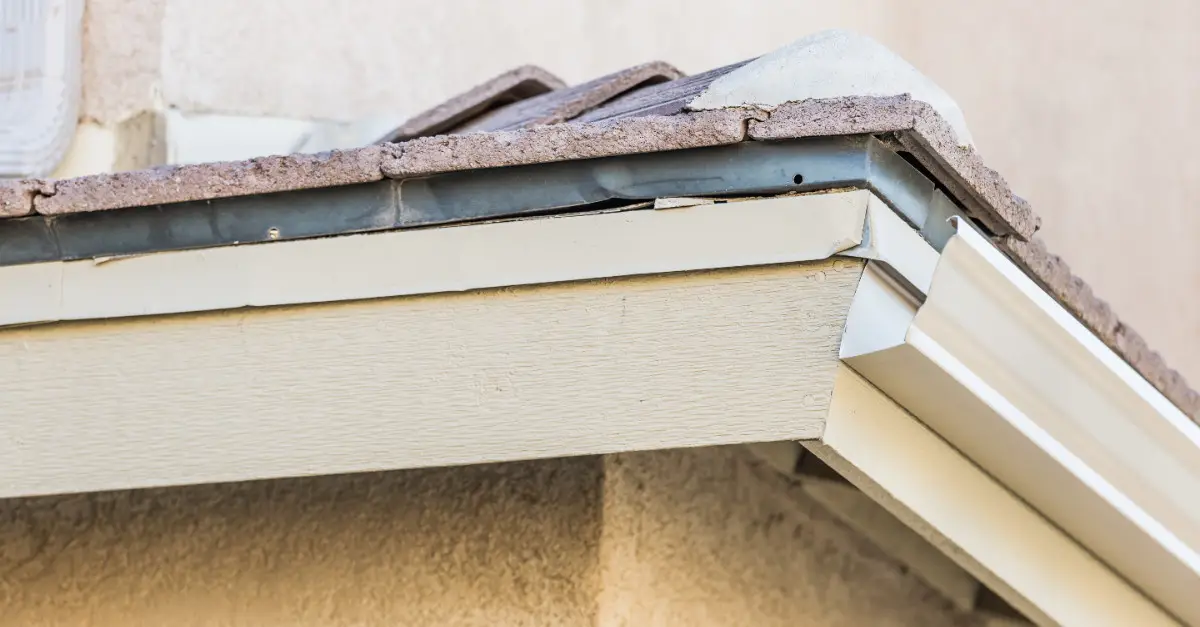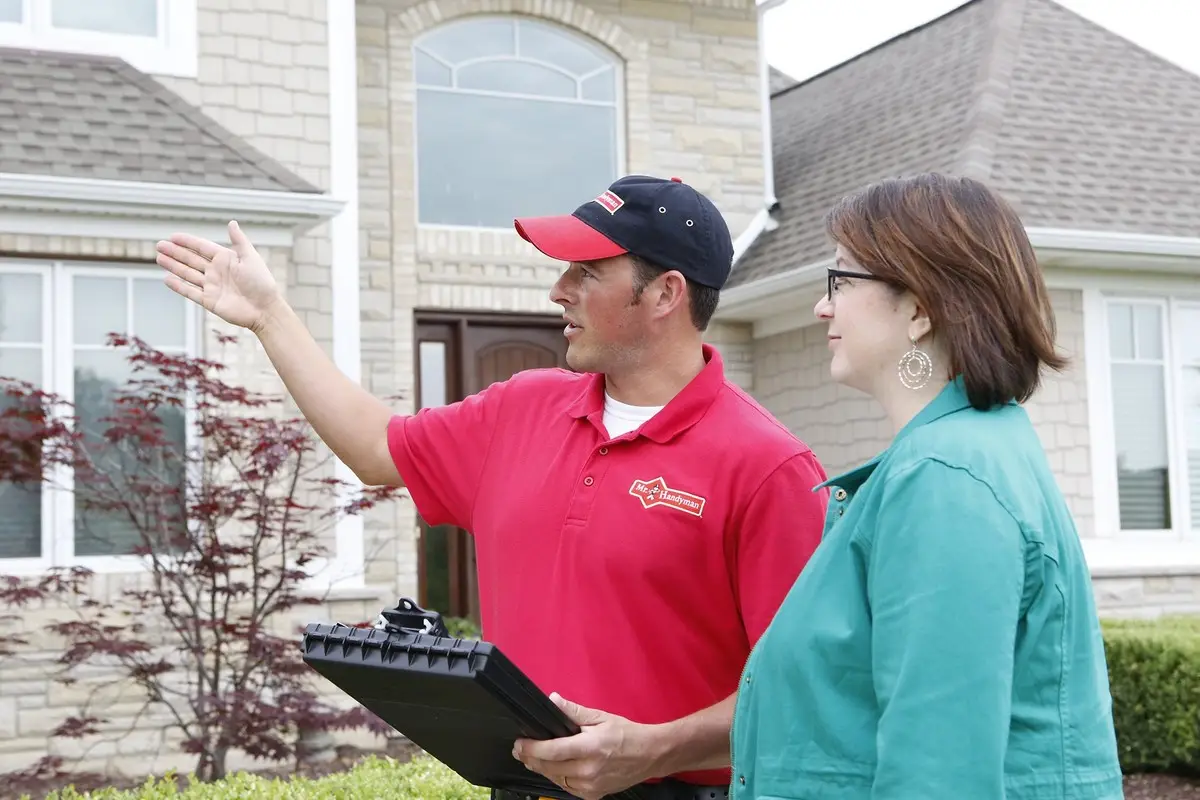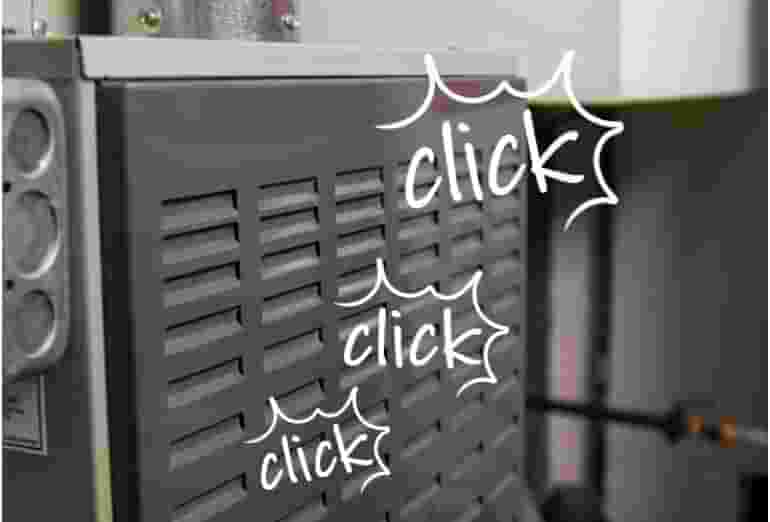Most homeowners have fascia boards, but many don't know what they are, where they're located, or why they need to be there. That's actually very understandable because it's not a term that comes up very often unless you are experienced with handyman jobs such as fascia repair or fascia installation.

Even if you do know what fascia boards are, you might not be totally sure what function they perform, or what warning signs indicate your property is long overdue for fascia repair. Charleston, SC buildings are subjected to a lot of rain and humidity, so weather damage is a common issue and all that excess moisture can have a major negative impact on the ability of your fascia boards to perform their intended function—not to mention your home's curb appeal.
If you spot some of the signs that indicate fascia repair or fascia installation is necessary, count on your local Charleston handyman to fix the damage and come up with repair solutions that will prevent the same problem from immediately reoccurring. The team of repair, maintenance, and installation experts at Mr. Handyman of Charleston and Summerville has the skill and experience to restore your roofline to perfect condition and give you back your peace of mind.
What Kinds of Problems Can Mr. Handyman Solve With Fascia Repairs?
Your roofline is way up there, at least one story off the ground, and of course that makes it pretty difficult to get up close and personal enough to give it a solid inspection and determine if you need to call a handyman for fascia installation or fascia repair. Charleston, SC homeowners aren't always willing or able to climb a ladder and inspect their eaves for damage, but they can still take a good look from the ground and call us if they spot obvious indications of trouble.
Here are some of the problems you can look for that our team can fix with professional services for fascia repair:
Overflowing or Sagging Gutters
It may seem odd that we're mentioning this first when it technically isn't even about your fascia, but it makes a lot more sense when you realize that broken, clogged gutters are the primary cause of damage to your roofline. Remember, rain gutters are typically attached to your fascia. They may be attached underneath roof shingles, but they are still sitting right in front of your fascia trim.
Under normal circumstances, your gutters collect the rainwater that falls on your roof and channel it away from the house where it can't cause water damage such as a roof leak. But when the channels are full of holes and cracks or packed with debris like pine needles and dirt, the water has nowhere to go and spills over the edge, pouring down your fascia and causing major problems. Or, the weight of all that gutter debris is too much for the hangers that are keeping the troughs attached to the fascia and they rip away, damaging both the detached gutter system and the fascia boards.
It's possible that we may be able to solve the problem with a good gutter cleaning, but extensive damage will call for both gutter repair or replacement and fascia repair or replacement.
Blistering or Peeling Paint
When you spot peeling paint on roofline trim, it may just seem like a minor, albeit unsightly, problem that doesn't need your immediate attention. However, peeling paint is an early sign of water damage, particularly when it occurs on wooden exterior trim elements, and it needs to be nipped in the bud before the damage gets much worse.
When water soaks into the timber, the wood swells and pushes on the paint from underneath. The paint then lifts off, cracks and peels away in strips, leaving the boards underneath exposed to further water incursion and more serious issues like wood rot that can't be easily corrected with fascia repair and will probably require new fascia installation.
Discoloration on Siding or Boards
If you spot brown, black, or rusty streaks on siding or roofline trim, which are often called gutter stripes, that's an indication that your gutters aren't able to do their jobs properly because they are broken or overflowing and water is streaming down the side of your home. As we mentioned above, problems with your gutters spell certain trouble for your roof trim that will end up requiring fascia repair. Charleston, SC property owners may also notice white, green, or gray marks from organic growth such as lichen or algae.
Rotten, Softened Patches
One of the worst problems that come along with moisture damage is wood rot. Wood is one of the most common fascia materials, so it's not surprising that this is often an issue for roofline trim. Rot occurs in timber that has a high moisture content of more than 20%, and trim boards are typically protected from water incursion by layers of paint and sealant that lock out moisture. But over time, that protection can wear off or peel away and allow water to seep into the wood. Wood rot can travel to other locations in your home, such as your roof rafters, and severely affect structural integrity by causing support beams to soften and crumble. Some types, such as brown or dry rot, can even travel over non-timber surfaces to find new patches of wood to attack. If rot has set in, fascia repair should involve removing and replacing rotted wood, and the surrounding area should be treated with borate to halt the spread.
Pest Infestations
When exterior components of your home, including roofline trim, are damaged, it provides the perfect opportunity for pests such as rats, bats, cockroaches, and snakes to gain access to your house, along with highly destructive insects like termites and carpenter ants. Our fascia repair experts will close up holes, cracks, and gaps that could let them wriggle inside and make your home less sanitary and comfortable. Repairing damaged zones will also make your house more energy efficient by preventing heat transfer, which changes the temperature in your home and raises energy costs on your monthly utility bills.
Mr. Handyman is Your Local Fascia Repair and Installation Expert

It can be frustrating to realize you need business or home repair services such as fascia repair and fascia installation, especially when you're not sure where to turn for reliable service and attractive, long-lasting results.
If you live in Charleston, SC, or nearby parts of the surrounding area such as Isle of Palms, North Charleston, or Mount Pleasant, you can stop your search for “fascia repair near me” and call the professionals at Mr. Handyman of Charleston and Summerville.
Along with fascia repair and fascia installation, we can take care of a wide range of services for your interior and exterior, such as:
- Siding repair
- Soffit repair
- Roof Repair
- Gutter repair
- Gutter installation
- Interior and exterior painting for the trim
- Door installation
- Drywall repair
- Cabinet installation
- Porch and deck repair
- And much more!
Frequently Asked Questions About Fascia Repair and Installation
What Exactly Are Fascia Boards?
Fascia boards are a component of your roofline that cover your roof edge at its lowest point, where it runs parallel to your building's exterior wall. This is where rain gutters are attached, in most cases. Rake boards are a very similar component that is often referred to as fascia—the only difference is that they cover the edge of the roofline where it slants upward, meeting at the apex of a gabled roof edge rather than running in a straight horizontal line along the lowest edge of a roof structure. They trim your roofline, which makes it look more polished and complete, but fascia also has important functions that have nothing to do with appearances. It closes off the open end of the roof structure to block out water that could cause serious problems like wood rot, and it prevents rodents, insects, bats, and birds from finding their way into your attic.
Both fascia and rake boards (and soffit boards) are sometimes considered part of the roof while others group them in with the siding, but either way, they are prone to suffering damage or deterioration over time and will eventually need fascia repair or a replacement fascia installation. They are commonly made of wood, aluminum, fiber cement, or vinyl.
Soffit boards are often mentioned together with fascia because they are located in close proximity and tend to be subjected to similar types of damage. Soffits are the boards that cover the underside of roof eaves rather than the edge, and they are ventilated with holes or slats to allow air circulation in the attic space.
How Can I Tell If My Fascia Boards Are Rotten?
Not sure if your timber roofline trim is suffering from wood rot? This problem may be pretty difficult to spot from the ground, but some tell-tale signs such as peeling paint are obvious even from a distance. The best way to inspect for wood rot is to climb a ladder (or call your handyman to climb a ladder on your behalf) and get a good, up-close look at your fascia boards for signs of wood rot, such as the following:
- Discolored patches that are lighter or darker than the rest of the material, or have a purple, yellow, or whitish hue
- Softened, crumbling wood that looks stringy or spongy
- Patches of timber that are webbed with cracks or disintegrating into "sawdust"
If you see a spot that looks strange, press a screwdriver against it—if the screwdriver sinks in or makes an indent with minimal pressure, it's likely that you're dealing with a wood rot problem.
Is There Any Risk of Asbestos Exposure With Fascia Repair or Replacement?
Asbestos is a highly carcinogenic mineral that was used in dozens of different construction applications throughout much of the 20th century, including roofline trim. Production was banned in the late 1970s, but suppliers were allowed to continue selling stock, so it didn't stop being used until the mid-1980s.
If your roofline trim was last installed before around 1985, it's possible it is made of asbestos. This material is dangerous when it's cut, ripped, or otherwise disturbed in such a way that particles can become airborne, so if you do have asbestos trim, it needs to be removed by a qualified asbestos abatement professional before your handyman can put up a new, safe fascia installation. That being said, even if your trim isn't made with asbestos, if it has been in place since the 1980s it is extremely overdue for replacement.
Can Fascia Installation or Repair Be Done Without Removing Rain Gutters?
In almost every case, that's not going to be possible. It may be feasible to make one or two tiny repairs without disturbing the rain gutter system, but in most cases, at least a section of the gutter will have to be removed to carry out fascia repair, and it will definitely have to come down for fascia installation. That's because rain gutters are typically attached directly to the fascia boards, and even if they aren't actually attached to the roofline trim, the rainwater channels sit directly in front of the fascia.
Count On Mr. Handyman for Dependable Fascia Repair and Fascia Installation Services
If you're in Charleston, Summerville, or other nearby parts of this little corner of South Carolina, count on the trusted professionals at Mr. Handyman of Charleston and Summerville for reliable fascia repair services and dozens of other handyman services designed to enhance the comfort and appeal of your residential or commercial property.
When it's time for fascia repair or installation, reach out to your local handyman by giving us a call. Our knowledgeable customer service representatives are standing by to take your call and book you in for a convenient appointment time, or give you more information about how we can transform your property for the better.
 Click to call
Click to call



